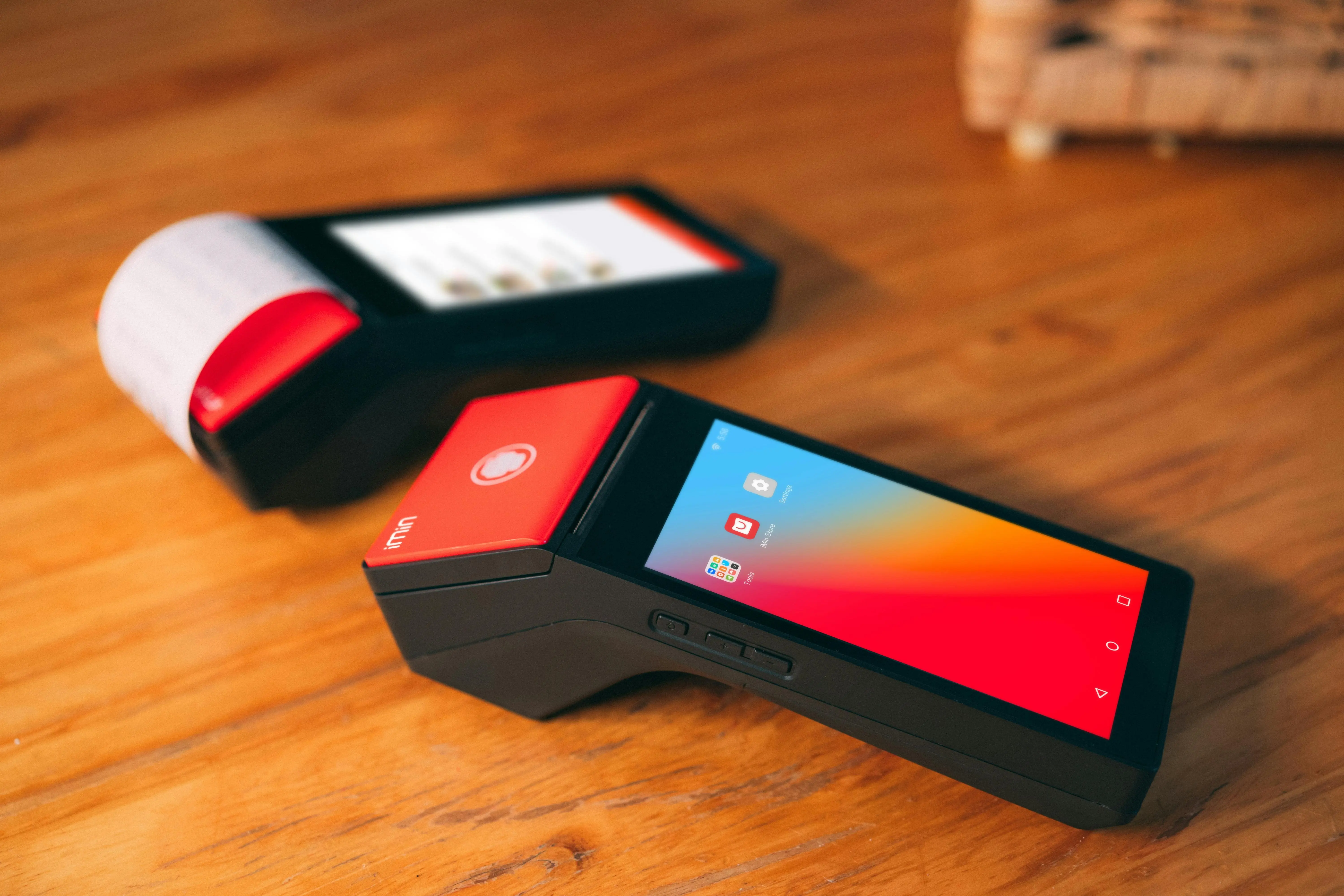
How can PIM enhance the in-store customer experience?

Delivering the same message, the same sales pitch, while maintaining a clear and precise image and positioning is not an easy thing when you have many sales channels. Some parts of your sales pitch can be missed because they are delivered through several very different channels: marketplace, retails, specialized distributors, independent retailers, own points of sale... Thus, the customer experience in physical stores, and the whole interaction between your customers and your products are different.
This was the case for Devialet, before the introduction of the PIM Quable.
The case of Devialet
Devialet is an acoustic engineering company operating at the intersection of luxury and advanced technology. The company's success is based on a series of radical innovations integrated into each of its products. With nearly 400 employees, the brand distributes its speakers, headphones and sound bars through its own stores, its e-commerce site, specialized distributors (FNAC, Boulanger) and smallerindependent audiophile retailers.
"One of the key elements of our success is above all a mastered and honed customer experience," says Michael Partouche, product manager at Devialet. The brand's main objective was to deploy a coherent product discourse from A to Z, from the creation of the products to the distribution in the different points of sale, regardless of the contact points and the customer path.

Before the introduction of PIM, "the sales pitch in question was not unified with the plurality of these players", hence the subsequent choice of Quable.
The best customer experience thanks to PIM
Devialet has chosen PIM (Product Information Management) to unify product data and information. There is a wide variety of product data: R&D, Marketing, field, product... which were previously captured in different files: Excel, other files scattered all over Devialet...The fact that all data is centralized in one place, the Quable platform, subsequently enabled Devialet's teams tocreate specific distribution channels that could match their partners' data. "For example, for FNAC, we defined a distribution channel with the right product data to fit into their system and make sure that the customer experience is the same for our partners as it is for Devialet", according to Michael.
.png)
The quality of the data, and the information produced, subsequently has a positive impact on the customer experience in general and on the potential gain in revenue.
To conclude
A uniform customer experience is the Holy Grail for all brands, whose buying paths differ because of the many distribution channels involved. Sublimating the customer experience at physical points of sale and online is also a guarantee of good customer relationship management and exemplary customer service. Customer experience and PIM are therefore intimately linked, because PIM, by centralizing and disseminating qualitative, reliable data, no longer allows for errors in the sales pitch. However, we've talked about the B2C customer experience here, but the PIM is an ally with no shortage of resources for delivering the best customer experience in B2B too.
If you are interested, ask for your free demo.
The PIM ensures the consistency of in-store product information: consistent product sheets, high-quality visuals and identical technical data in store and online. The Devialet example shows how product content can be rationalized and distribution channels harmonized.
This centralization ensures that each partner (FNAC, retailers, physical stores) distributes the same information, reinforcing brand image and customer confidence.
At the end of the chain, the customer experience is unified, sales messages mastered and the commercial relationship optimized at every point of contact.








_Leader_Mid-Market_Leader.svg)

_MomentumLeader_Leader.svg)

_BestResults_Enterprise_Total.svg)
_EasiestToUse_Enterprise_EaseOfUse.svg)
_UsersMostLikelyToRecommend_Enterprise_Nps.svg)






